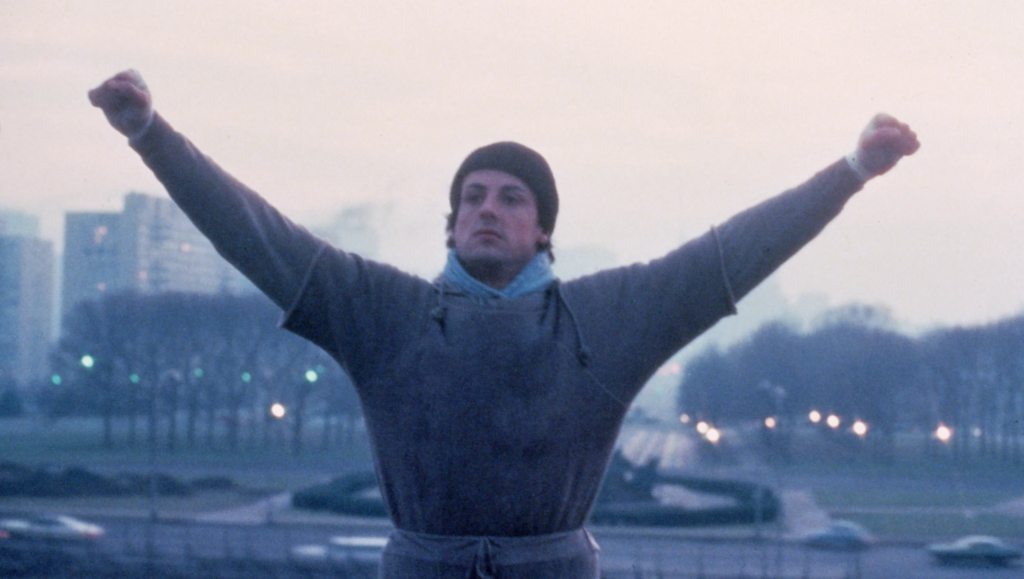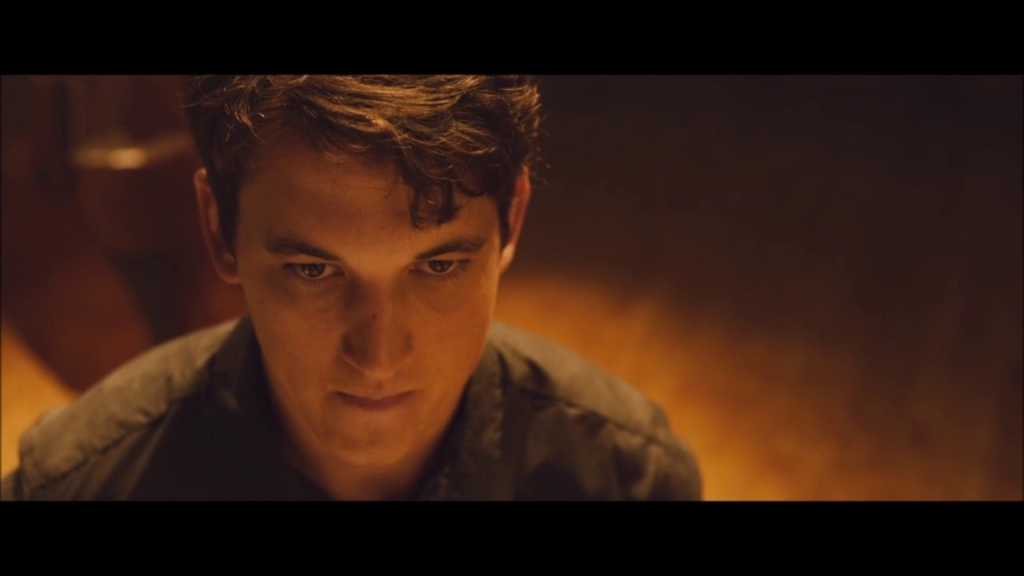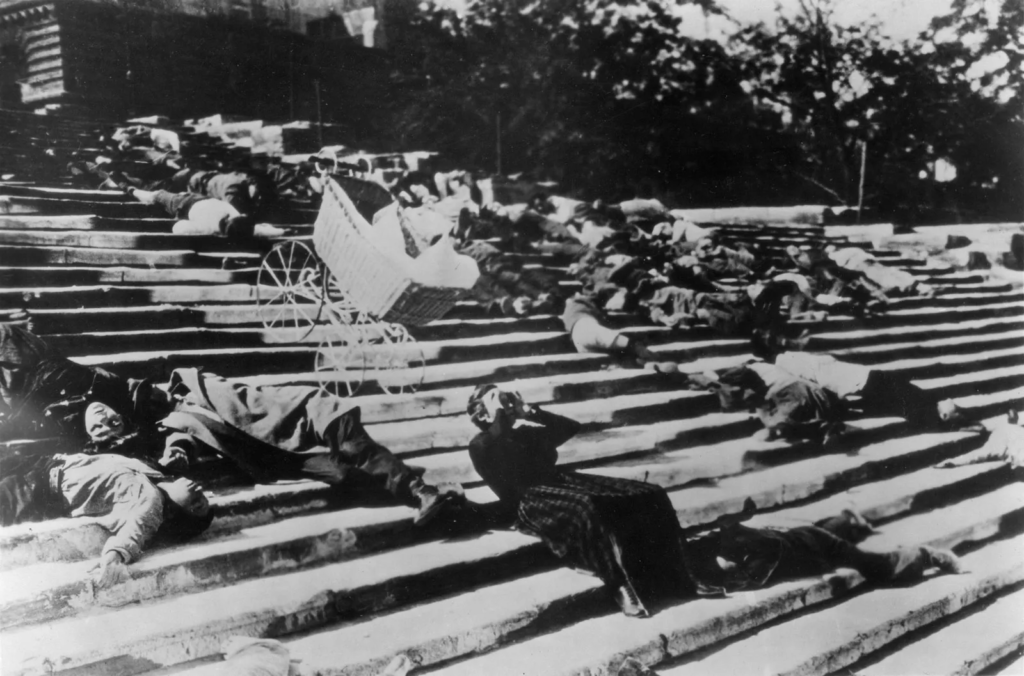Metric Editing – Based on the length of a shot. It creates the tempo of the film.

The iconic training montage of Rocky uses metric editing combining the length of the shots and the music to create a music video feel.
Rhythmic Montage – Based on both the length of a show and the dynamics of the scene. This technique considers the need to provide continuity of action within a scene.

The final scene of Whiplash uses fast cut editing matching the beat of the music that the character is playing.
Tonal Editing Montage – Focuses in the light, shadows, and colours of the edited scenes to provide an overall “mood”.

Battleship Potemkin is a film made entirely out of montage.
Over-Tonal Method – Brings together the first three methods (time/rhythm/colour) in a combined (holistic) approach.

In the movie UP. When the wife passes away a montage is shown. The use of music, colour and shot length created an over-tonal method. This combines different elements of film to create a mood.
The Intellectual Method – The most complex method and Eisenstein’s favourite – Creates new meaning by combining shots on the basis of a conceptual connection between them.

The Kuleshov effect is an intellectual montage. It’s use of this is in many films now a days.